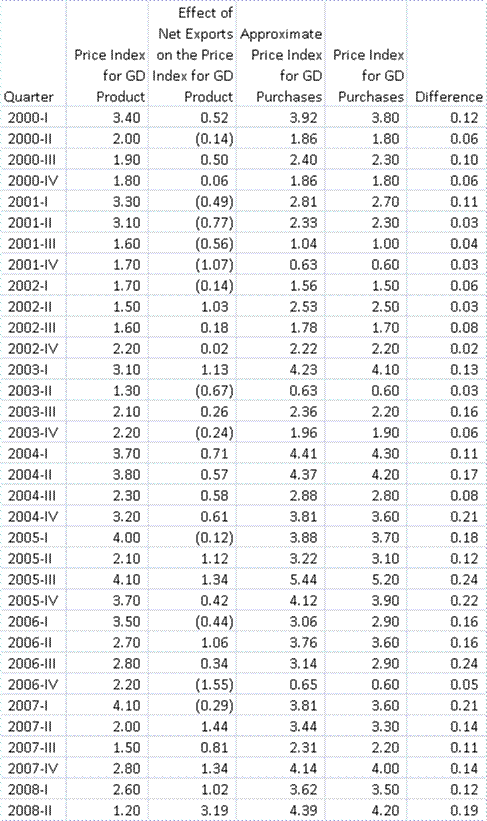As my blog has gotten more popular, I have gotten a lot of interesting “business” propositions.
“Join our ad network.”
I am still considering a few of them, but most rake off too much to the network.
“Let us republish your content at our site.”
Sorry, no.? Aside from Seeking Alpha, no one else is allowed to regularly republish my material.? Fair use is fine, but I regularly check to see if my content is being misused.? If you are swiping it, you better put it in a place where Google can’t reach it.
Anyone taking the headers of my articles and publishing text links is fine.? Good examples of that would be newsflashr, Realclearmarkets, and a new one, tradememe.? Their objectives are consistent with mine.? I want to drive traffic flow to where good content is located for the good of my readers.
“Would you exchange links with me?”
Generally, no.? I only link to people and articles with which I am impressed.? I am not out to sell my credibility.
“I loved your article on XXX.? Please write more articles like that and link to my site.? I will pay you well.”
Sorry, no.? If you want to advertise here, buy a Blogad.? That is clearly labeled as advertising, and I am not out to bamboozle my readers with ads disguised as my thoughts.? My Blogads aren’t expensive.
“Would you link up with our site?? We are trying to promote investor education, and we could use your content.”
Most of these are not trying to promote investor education, but to maximize their fees over the long haul.
As a rule, I have tried to segregate advertising to places where it is clearly distinguishable as advertising.? I am not out to trick readers or advertisers.
“I’ll place you on my blogroll if you place me on your blogroll.”
I don’t do that, either.? My blogroll is something special for me.? It is the group of blogs that I read anytime they post.? Aside from when I started up, I haven’t asked anyone to put me on their blogroll.
My blogroll is meritocratic.? If anyone wants me to consider them for my blogroll, fine, e-mail me.? I’ll read you for a little while.? If I find you indispensible, I will add you to my blogroll.? I always have a few bloggers that I have added to my RSS reader that I am trying out before I add them to my blogroll.? If I don’t place a blogger on my blogroll, it doesn’t mean that they aren’t good.? It does mean that they aren’t consistently useful to me.? (There are a few on my blogroll that are there for personal reasons.? But only a few.)
On Linkfests
I like linkfests.? I think they can be useful. ? In my opinion, the best linkfests are:
- Regular
- Focused mainly on financial topics
- Not pushing a political view
- Of moderate length, but comprehensive (difficult balance)
- Wise — They have a real sense of quality.
About a year ago, a friend of mine who is a really good credit analyst for financials asked me,
Friend: “If I were to read just one blog per day, what should it be?”
DM: Abnormal Returns.? He samples the finance blogs, and gives one concise daily post on the best of what was written.
F: Not your blog?
DM: Look, my quality varies, and what I write about is quirky.? I don’t have a narrow focus, like most blogs.? Half of what I write won’t appeal to half of my audience, and it is a different half each time.? Plus, I can’t cover everything.? I would go nuts.
Second place, but not a close second, would go to FT Alphaville.? Beyond that there is Naked Capitalism, occasional links at Alea, and a number of others, but if I had to pick just one, it would be Abnormal Returns.
Why don’t I do linkfests?? Well, I do them in my own way.? I try to write articles focused on a single topic, and then link to relevant content on the web.? It’s more work, but I think it produces a better product than those that make a few small comments and do big blockquotes.? I’m not out to overuse the content of others at my blog.? I might copy a couple graphs or paragraphs with attribution, but to paste whole articles into one’s blog violates “fair use” in my opinion.
One last bit of blog housekeeping.? I appreciate all of the feedback that I get, so feel free to e-mail me.? I read all of my e-mails, but I can’t respond to all of them.? Thanks for reading me.



